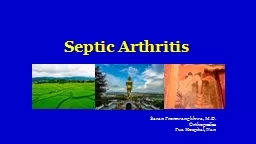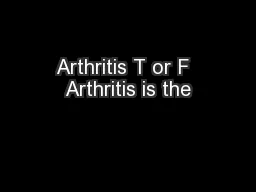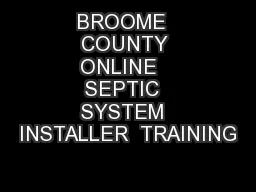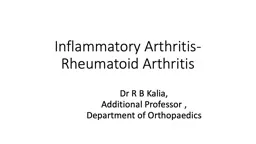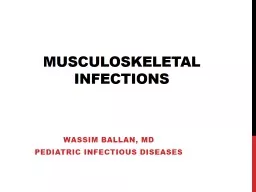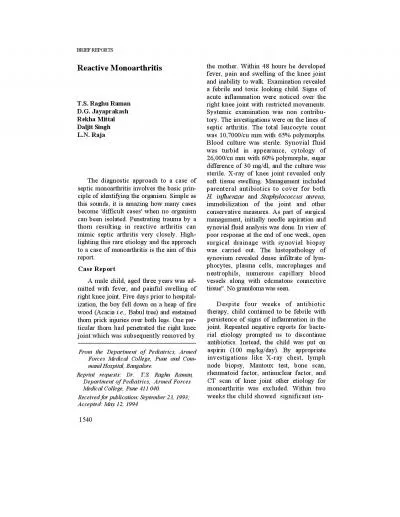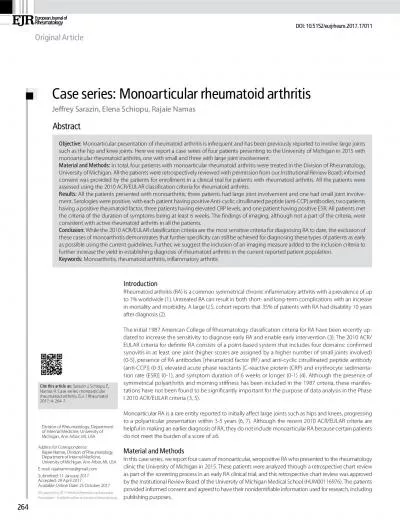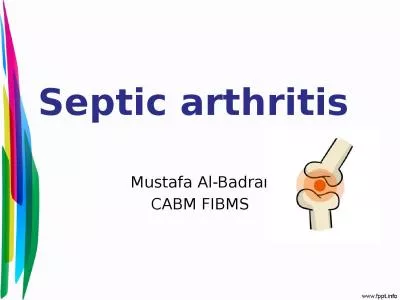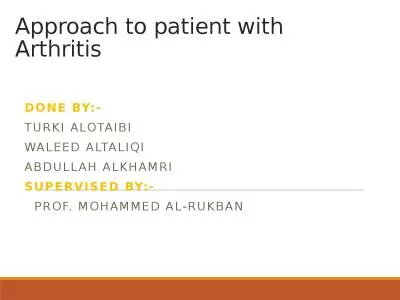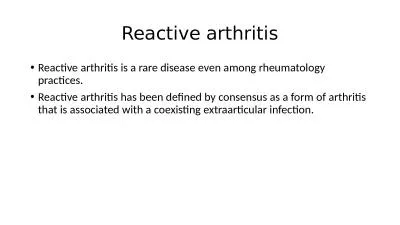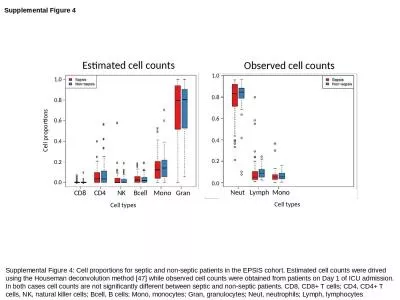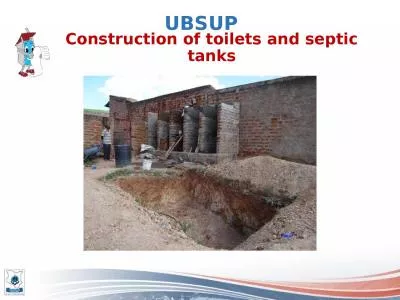PPT-Septic Arthritis Saran
Author : elysha | Published Date : 2022-06-07
Promwangkhwa MD Orthopedics Pua Hospital Nan Epidemiology Septic arthritis osteomyelitis 2 1 S aureus is most common cause 40 to 90 7090 septic arthritis in
Presentation Embed Code
Download Presentation
Download Presentation The PPT/PDF document "Septic Arthritis Saran" is the property of its rightful owner. Permission is granted to download and print the materials on this website for personal, non-commercial use only, and to display it on your personal computer provided you do not modify the materials and that you retain all copyright notices contained in the materials. By downloading content from our website, you accept the terms of this agreement.
Septic Arthritis Saran: Transcript
Download Rules Of Document
"Septic Arthritis Saran"The content belongs to its owner. You may download and print it for personal use, without modification, and keep all copyright notices. By downloading, you agree to these terms.
Related Documents

